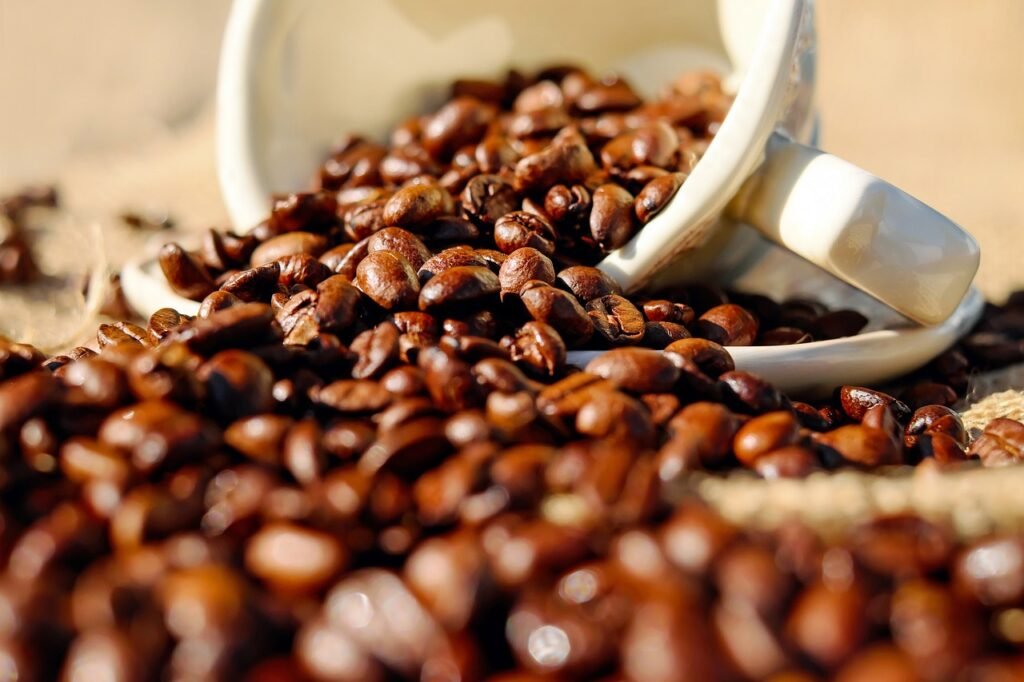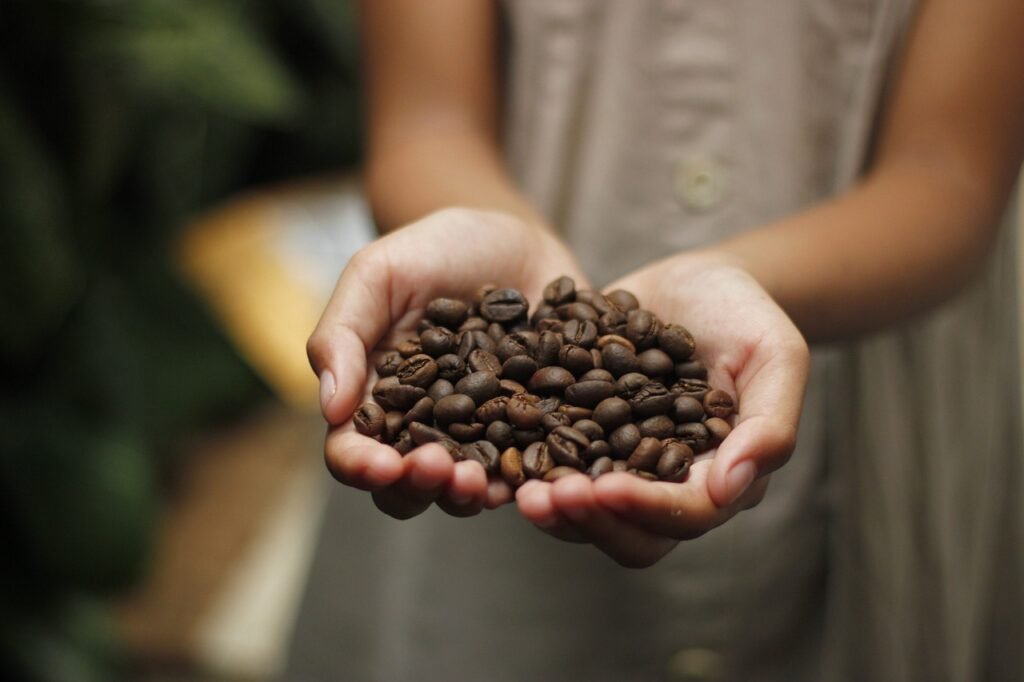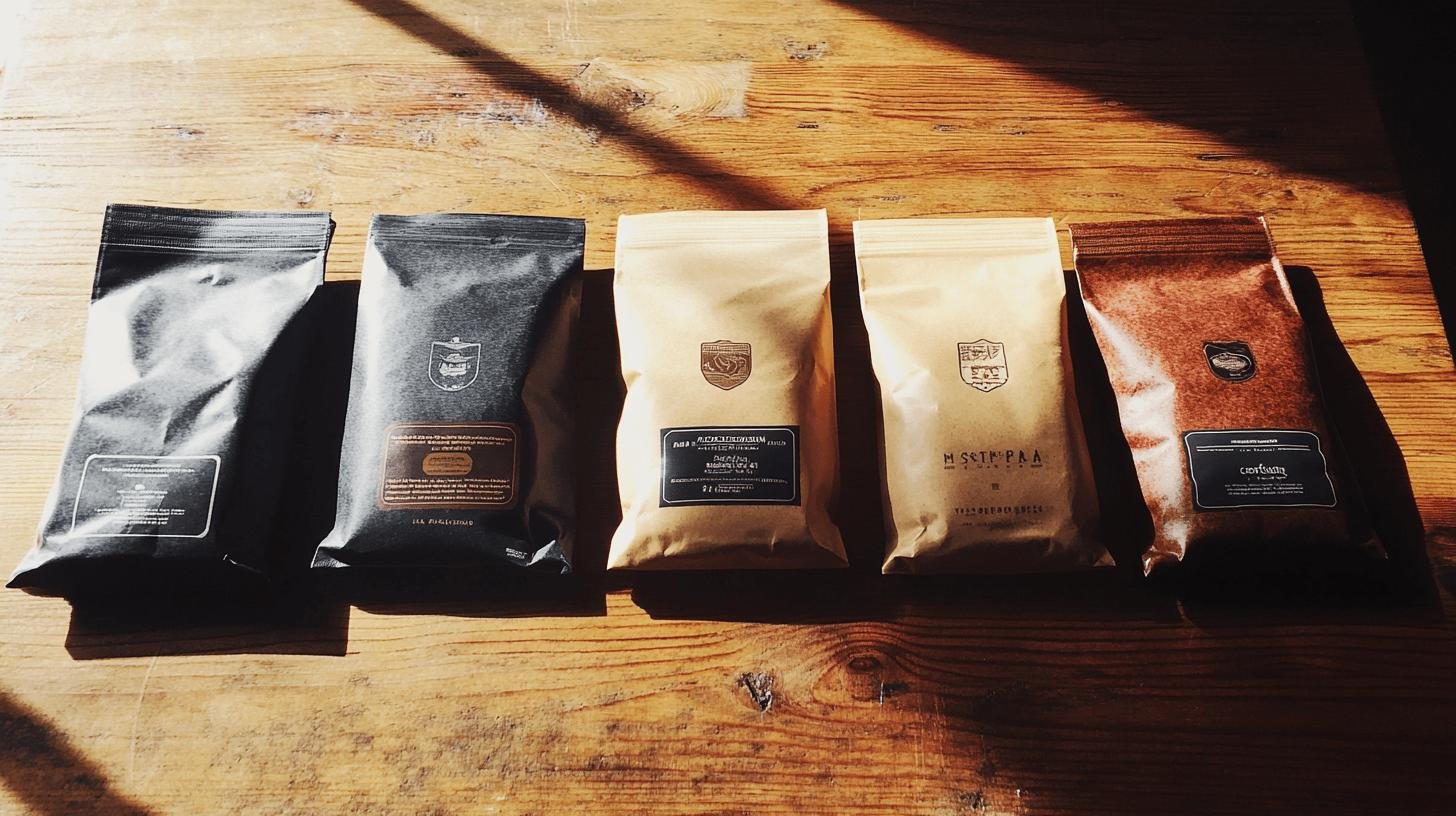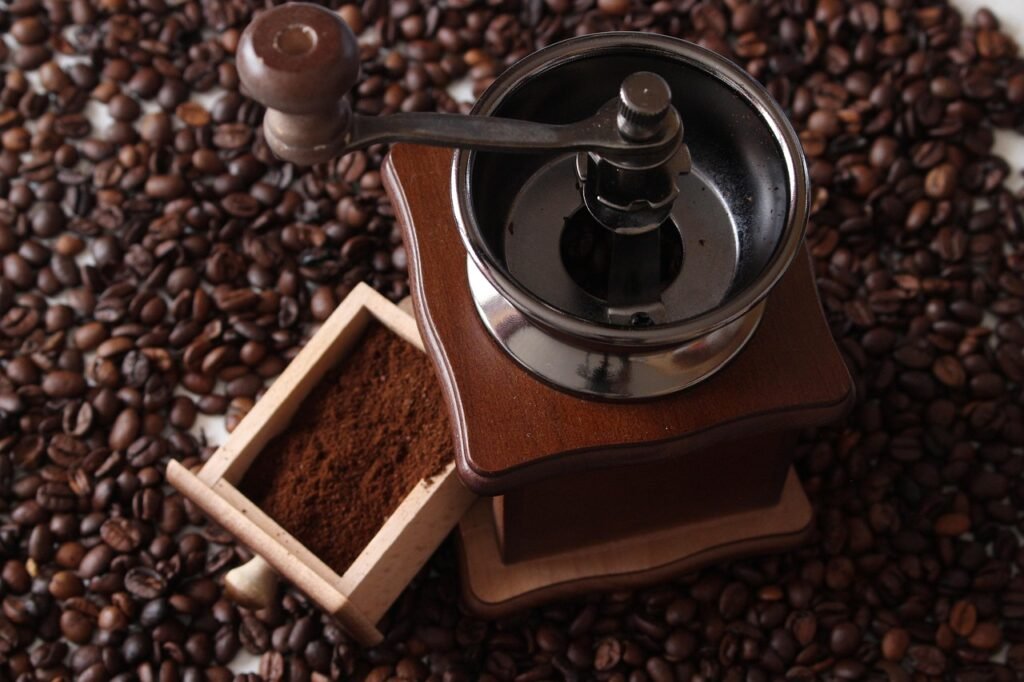
Artisanal Rituals for a Memorable Customer Experience
How can brands create a more balanced and memorable customer experience by blending artisanal product quality with thoughtful everyday rituals that keep people coming back?

TL;DR:
Is your espresso shot missing that perfect, golden crema? When choosing the best coffee for espresso, achieving an exceptional crema isn’t just about technique; it’s also about selecting the right whole bean coffee for the best brew. In this guide to the best coffee beans for crema, we look into why choosing the right beans is crucial for producing that velvety layer on your espresso.
Coffee crema is key to a well-made espresso. It offers visual and sensory clues about the coffee’s freshness and the barista’s skill. A quality crema enhances espresso’s texture and flavor, providing a velvety feel and smooth taste. This golden-brown layer forms when hot water emulsifies coffee bean oils, creating a frothy consistency that sits atop the espresso shot.
Arabica and Robusta coffee beans each play distinct roles in crema production. Arabica beans, known for their refined taste, typically result in a sweeter, more nuanced espresso. However, Arabica crema is often lighter and less abundant.
Conversely, Robusta beans are gaining popularity for their thicker, more substantial crema. This is due to their higher oil content and caffeine levels, contributing to a richer flavor and denser crema.
The characteristics of good crema are essential for an optimal espresso experience. A well-formed crema signifies freshness, offering a velvety texture and a rich, smooth flavor. It also enhances the visual appeal of the espresso, making it ideal for latte art. To achieve this, consider the type of coffee bean, roast level, and brewing technique.
When choosing the best coffee for espresso, consider how different beans affect your results. Premium arabica coffee is renowned for its refined taste and complexity, making it a favorite among coffee aficionados. Known for hints of chocolate and dried fruit, arabica creates a sophisticated espresso with lighter crema. These beans, often sourced from Central and South America, are cultivated at higher altitudes, contributing to their superior flavor profile.
Robusta beans, particularly monsooned Malabar varieties, excel at producing thick crema. Their rich, full-bodied character makes them essential in many traditional Italian espresso blends. While more economical than arabica coffee, robusta’s intense characteristics make it ideal for pulling shots with abundant crema.
Blends of Arabica and Robusta are frequently used to balance flavor and crema production. By combining the sweet, complex flavors of Arabica with the rich, crema-producing qualities of Robusta, these blends offer the best of both worlds. This approach allows baristas and home enthusiasts alike to achieve an espresso that boasts both a refined flavor profile and a substantial crema. Blend ratios can be adjusted to suit individual preferences, ensuring a customized espresso experience.

| Bean Type | Flavor Profile | Crema Production |
|---|---|---|
| Arabica | Sweet, Complex, Nuanced | Lighter, Thinner |
| Robusta | Rich, Robust, Bitter | Thicker, More Abundant |
| Arabica/Robusta Blend | Balanced, Sweet & Robust | Moderate, Balanced |
Home roasting offers unparalleled control over freshness and roast levels, critical factors for superior crema in espresso. By roasting coffee at home, you ensure peak freshness within a week of roasting. This freshness directly impacts the aroma, flavor, and crema of your espresso coffee.
Store-bought coffee beans, even from reputable brands, often lack freshness. These beans can sit on shelves for weeks or months, leading to a decline in quality. The oils in the beans, responsible for producing crema, degrade over time, resulting in a less satisfactory espresso experience. Furthermore, store-bought beans offer limited control over roast levels, leaving you with the manufacturer’s predetermined roast, which might not suit your taste or crema needs.
When comparing crema quality, home-roasted coffee beans generally outperform store-bought options. Freshly roasted beans produce a richer, more abundant crema due to preserved oils and optimal freshness. The ability to customize roast levels also means you can find the perfect balance between flavor and crema production. In contrast, store-bought beans may yield a thinner crema, detracting from the overall quality of your espresso shot.
Home roasting offers unparalleled control over freshness and roast levels, critical factors for superior crema in espresso. By roasting coffee at home, you ensure peak freshness within a week of roasting. This freshness directly impacts the aroma, flavor, and crema of your espresso coffee.
Store-bought coffee beans, even from reputable brands, often lack freshness. These beans can sit on shelves for weeks or months, leading to a decline in quality. The oils in the beans, responsible for producing crema, degrade over time, resulting in a less satisfactory espresso experience. Furthermore, store-bought beans offer limited control over roast levels, leaving you with the manufacturer’s predetermined roast, which might not suit your taste or crema needs.
When comparing crema quality, home-roasted coffee beans generally outperform store-bought options. Freshly roasted beans produce a richer, more abundant crema due to preserved oils and optimal freshness. The ability to customize roast levels also means you can find the perfect balance between flavor and crema production. In contrast, store-bought beans may yield a thinner crema, detracting from the overall quality of your espresso shot.

Using freshly roasted coffee is crucial for achieving optimal crema. Freshness directly impacts your espresso shot quality, as the oils and gases within the beans are at their peak right after the roasting process. These oils are essential for creating the syrupy, thick crema that enhances your coffee experience.
To get the best results from your manual espresso machines:
Whether you’re exploring different roast levels or trying various Italian espresso options, selecting the best coffee beans for crema is crucial for achieving that perfect golden layer. Enjoy experimenting with different beans and roast levels; the journey to ideal crema is as rewarding as the perfect espresso itself.
The best coffee beans for espresso crema tend to be dark roast or espresso roast blends that combine both Arabica and Robusta beans. Fresh beans are crucial – use them within 2-3 weeks of the roasting date for optimal results. A coffee blend specifically designed for espresso will typically produce lots of crema with a velvety texture.
While both light roast and dark roast can make good espresso, most roasters recommend a dark roast or specific espresso roast for traditional espresso. Dark roasts tend to produce more crema and deliver those classic notes of dark chocolate and caramel that people expect from a good shot of espresso.
A quality grinder is absolutely essential for achieving rich crema. Pre-ground coffee quickly loses its ability to produce crema, so investing in a good burr grinder is crucial. The grinder needs to produce consistent, fine grounds for proper extraction and optimal amount of crema.
Super crema whole bean coffees are specifically blended to produce abundant, velvety crema, while gran crema typically refers to a style of coffee blend that produces a balanced amount of crema. Both are excellent choices for espresso as well as milk drinks like cappuccino.
Fresh coffee beans should have a strong aroma and, when used within 2.2 weeks of roasting, will produce noticeably more crema. When buying coffee from a roastery or caffé, look for a recent roast date and beans that appear slightly oily but not overly shiny.
The best espresso often comes from carefully sourced coffee beans from renowned growing regions. Many roasters, including Miscela d’Oro, create blends using beans from multiple origins to achieve the perfect balance of flavor and crema. When tasting espresso, pay attention to both the mouthfeel and the amount of crema produced.
Several factors affect espresso crema production:
For maximum espresso crema:

How can brands create a more balanced and memorable customer experience by blending artisanal product quality with thoughtful everyday rituals that keep people coming back?

Independent coffee shops have always been about more than caffeine—they’re hubs of creativity, connection, and care. As café culture continues to evolve, new trends are

Introduction Independent cafes win when they feel like the neighborhood’s living room and operate with the discipline of a great kitchen. Below is a quick

Discover how top specialty coffee brands create lasting loyalty through storytelling, sourcing, and community connection. Real tips from 6 industry experts.

Discover the ultimate showdown between two beloved coffee brewing methods: the French press and Chemex. Explore how each technique caters to distinct palates, with the French press delivering bold flavors and the Chemex presenting a bright, clean taste.

Unlock the secrets to brewing the perfect cup of coffee with our comprehensive guide on using a coffee scale. Discover how precise measurements enhance flavor and consistency while eliminating bitterness.

Discover how water temperature plays a vital role in brewing the perfect cup of coffee. This article delves into the ideal temperature range of 195°F to 205°F for optimal flavor extraction, enhancing the enjoyment of high-quality beans.

Discover the world of curated specialty coffee bundles, perfect for enthusiasts seeking quality and craftsmanship. This article explores the benefits of ethically sourced, small-batch beans from brands like Equipoise Coffee, offering diverse flavor profiles that elevate your brewing experience.

Discover the art of manual brewing to elevate your coffee experience! This article explores various techniques like pour-over, French press, and AeroPress, revealing how they enhance flavor and your connection to every cup.